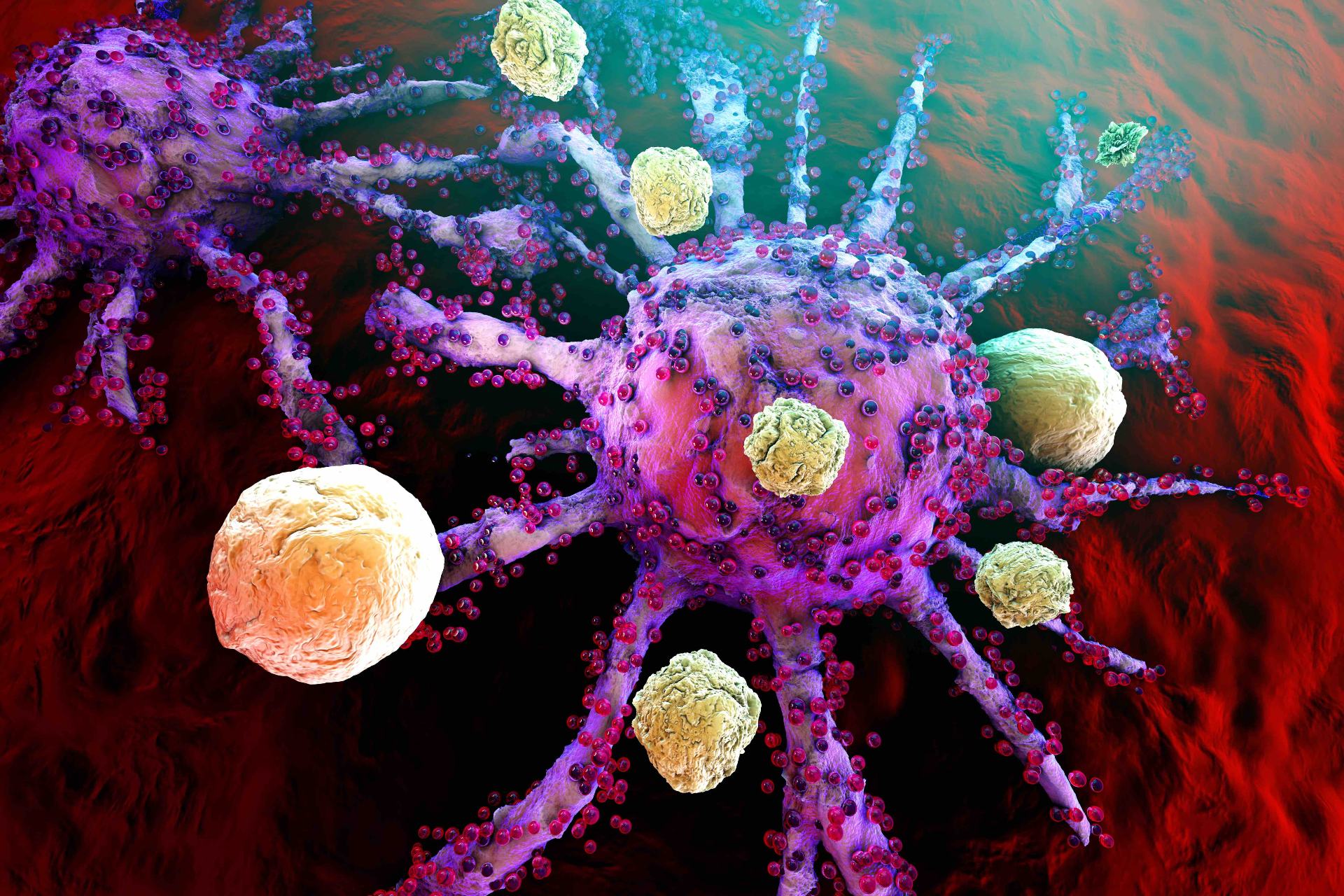Video
CLL: Data Impact and Sequencing Approach
Javier Pinilla-Ibarz, MD, PhD: The long-term follow-up of RESONATE-2 is very important because today, the longer follow-up is being done in a second-line trial that we discussed, published recently by Susan O’Brien in Blood, that really characterized the 5-year follow-up of patients who have relapsed/refractory disease—that being said, a very high-risk population with multiple previous therapy. So, the long-term follow-up of RESONATE-2 is fundamental to really see how this drug is going to evolve in the future in patients who have chronic lymphocytic leukemia—however, characterized by the presence of several abnormalities but not 17p. I think something to point out, and something that everyone is following with good attention in the long-term outcomes, is how 11q patients, outside of genetic abnormalities that also have been associated with bad outcomes, are going to behave in this trial, because there is an early suggestion of data, although not statistically significant, that they maybe even behave better than patients who do not have 11q deletion.
Sequencing therapy for the treatment of chronic lymphocytic leukemia is a very important topic these days. As more drugs are introduced for the treatment of this condition, people start to think about how they’re going to really try to sequence the different therapies. And, in general, doctors always like to have some second drug in the pocket in case the first drug fails. In my case, and as mentioned before and following NCCN guidelines and other stratification criteria, the use of ibrutinib in the frontline setting is occurring more and more often. However, it’s through the introduction of the combination of BTK inhibitors like ibrutinib—even other drugs with monoclonal antibodies or with new drugs, as recently has been shown, like BCL-2 inhibitor venetoclax—that we are going to very likely change the way that we’re going to sequence and how we introduce drugs in the frontline and in the second-line settings.
The bottom line is that many patients are started today and will start in the near future with the BTK inhibitor, but in the next years, we will start to really learn how to combine these drugs and how to sequence, with the ultimate goal to produce very deep responses and, more importantly, to really have finite therapy, so patients really don’t have long-term chronic side effects and can benefit from a better quality of life.





